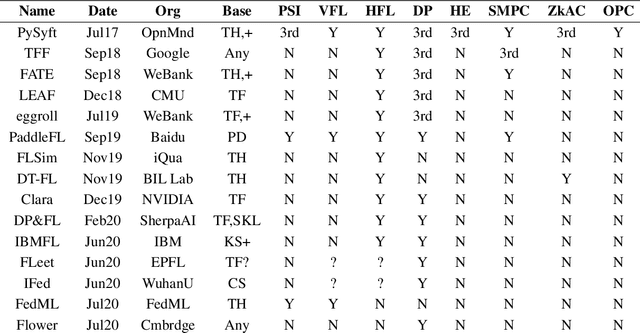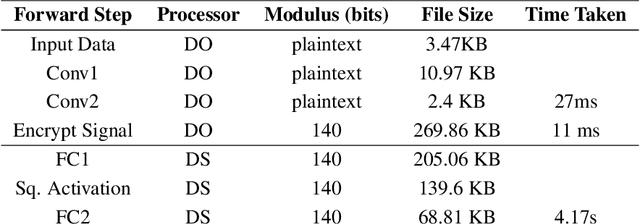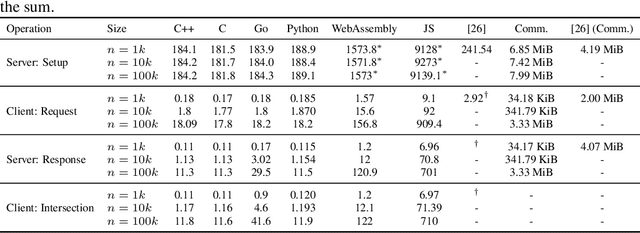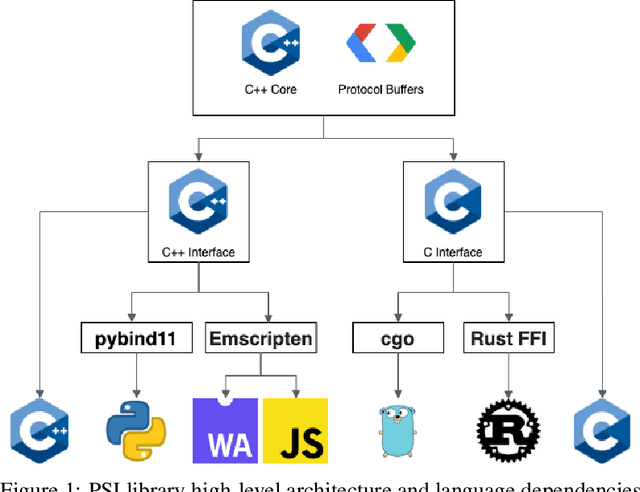Ayoub Benaissa
TenSEAL: A Library for Encrypted Tensor Operations Using Homomorphic Encryption
Apr 28, 2021



Abstract:Machine learning algorithms have achieved remarkable results and are widely applied in a variety of domains. These algorithms often rely on sensitive and private data such as medical and financial records. Therefore, it is vital to draw further attention regarding privacy threats and corresponding defensive techniques applied to machine learning models. In this paper, we present TenSEAL, an open-source library for Privacy-Preserving Machine Learning using Homomorphic Encryption that can be easily integrated within popular machine learning frameworks. We benchmark our implementation using MNIST and show that an encrypted convolutional neural network can be evaluated in less than a second, using less than half a megabyte of communication.
Syft 0.5: A Platform for Universally Deployable Structured Transparency
Apr 27, 2021



Abstract:We present Syft 0.5, a general-purpose framework that combines a core group of privacy-enhancing technologies that facilitate a universal set of structured transparency systems. This framework is demonstrated through the design and implementation of a novel privacy-preserving inference information flow where we pass homomorphically encrypted activation signals through a split neural network for inference. We show that splitting the model further up the computation chain significantly reduces the computation time of inference and the payload size of activation signals at the cost of model secrecy. We evaluate our proposed flow with respect to its provision of the core structural transparency principles.
Asymmetric Private Set Intersection with Applications to Contact Tracing and Private Vertical Federated Machine Learning
Nov 18, 2020



Abstract:We present a multi-language, cross-platform, open-source library for asymmetric private set intersection (PSI) and PSI-Cardinality (PSI-C). Our protocol combines traditional DDH-based PSI and PSI-C protocols with compression based on Bloom filters that helps reduce communication in the asymmetric setting. Currently, our library supports C++, C, Go, WebAssembly, JavaScript, Python, and Rust, and runs on both traditional hardware (x86) and browser targets. We further apply our library to two use cases: (i) a privacy-preserving contact tracing protocol that is compatible with existing approaches, but improves their privacy guarantees, and (ii) privacy-preserving machine learning on vertically partitioned data.
 Add to Chrome
Add to Chrome Add to Firefox
Add to Firefox Add to Edge
Add to Edge